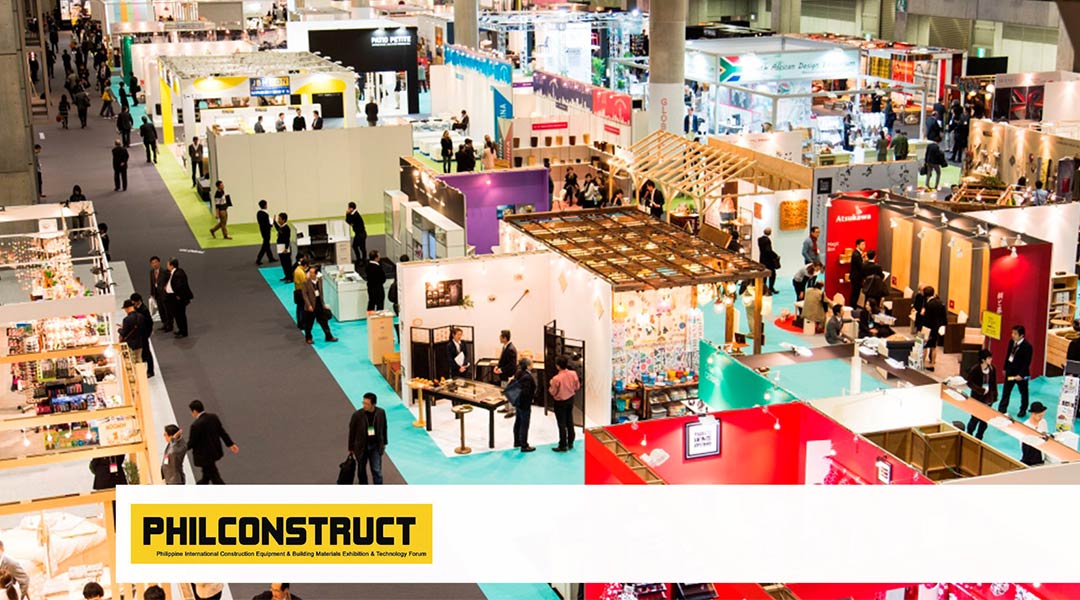
An institutionalized approach to sustainability
“Of course it is more expensive at the outset, but just like any investments, it is definitely worth it in the long run.” This is how Architect Freddy Bautista, principal architect of ABB Architectural Services, describes the benefit of going for sustainable design. He furthers that attention and action must be given to the processes and not just the aesthetics.
With the Green Building (GB) Code of the Philippines in effect after it was launched on June 25, 2015, the Philippines is expected to have more structures that follow the principles of ethical construction. As a referral code of the National Building Code, this was spearheaded by the Department of Public Works and Highways (DPWH), with the assistance from Worldbank-IFC. PGBI or Philippine Green Building Initiative (PGBI), a non-stock, non-profit organization that provides technical support to ensure the code is implemented.
At the recently concluded Philconstruct, BluPrint sat down with Architect Bautista to discuss how PGBI ensures the success of the GB Code. “PGBI is made up of professional organization. These different institutions work together to help achieve better communities through the use of sustainable design,” he says. He also notes that to be truly sustainable, the entire design process must be in accordance to the GB Code. “It should start with site analysis. As simple as noting the smallest type of organisms that will affect the construction should be an integral practice in designing.” Furthermore, he also said that structures to be built must have a clear direction on how they can or intend to affect the surrounding communities.
There are three rating systems for GB Code. Named after varieties of local hardwood trees such as Kamagong, Narra, and Yakal, structures are rated against eight categories, where each category would have a set of sub-categories. Structures who successfully fulfill the requirements of categories and sub-categories get the Kamagong rating. The Hyundai Plant in Sto. Tomas, Batangas is awarded with the highest rating.
“One of the most common misconception about green and sustainable design is that we think it has to be technological. Green does not have to be tech-based,” shares Architect Bautista, who is also a consultant for Green AP. “What we do not realize is that there are passive design principles that professionals are trained to use to make homes and towns sustainable,” he continues.
In designing, he notes that it is important to exercise foresight so structures become future-proof. ![]()
READ MORE: House Committee OKs proposed “Sustainable Transportation System Act”
Photos courtesy of Shnell


